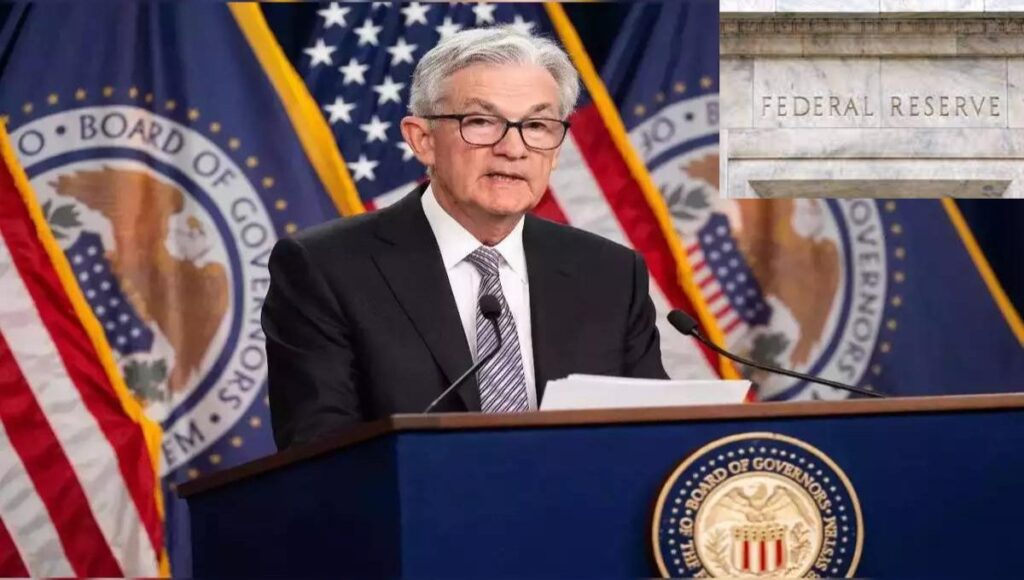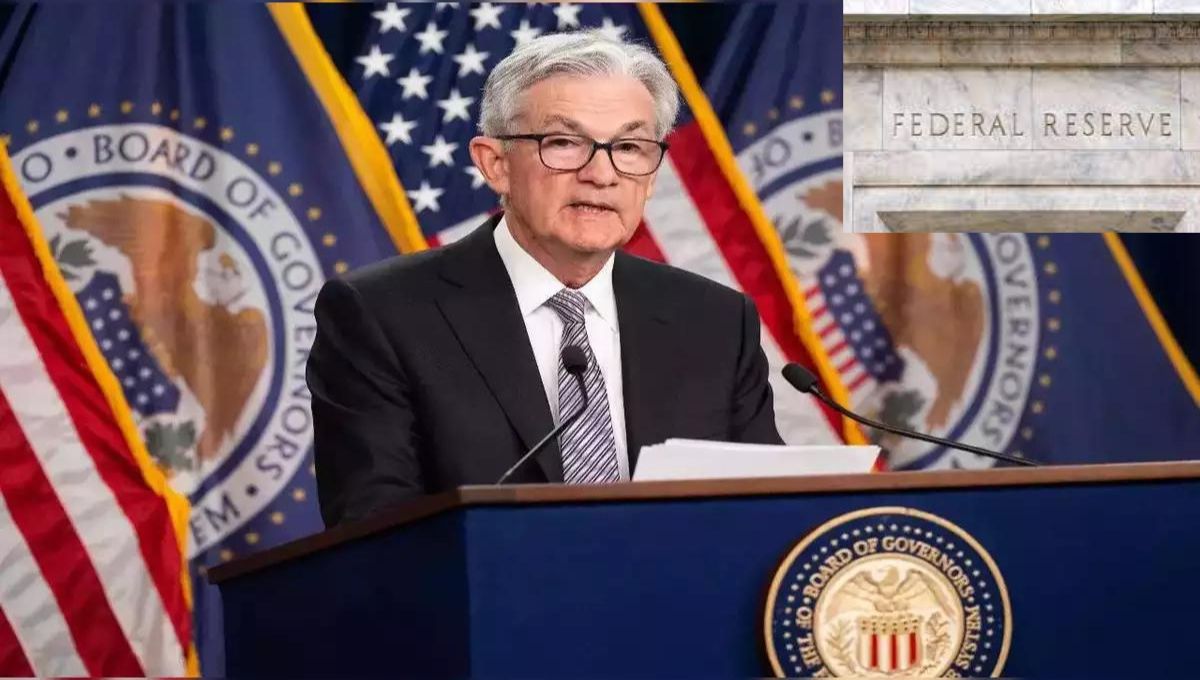
Will the Federal Reserve Pause Rate Hikes – The Federal Reserve is expected to decide on interest rate hikes amid high inflation and strong job growth. Economists are divided, some predicting a pause while others anticipating further rate increases. Get the latest insights and forecasts.
Will the Federal Reserve Pause Rate Hikes
Let’s get started with the details, so continue reading the article…
Will the Federal Reserve keep interest rates steady?
Page Contents

The Federal Reserve must decide on a crucial course of action after a series of interest rate rises. Economic forecasts disagree on whether the Fed will retain current rates or raise them further.
Some experts believe that the Fed will signal a pause, considering the impact of recent rate hikes on the economy and potential banking crises. However, others argue that an unexpected surge in inflation might lead to another quarter-point hike. The decision is eagerly awaited, with implications for businesses and individuals alike.
Will the Federal Reserve Pause Rate Hikes 2023
The uncertainty surrounding the Federal Reserve’s choice reflects the current mixed signals from the economy. While some economists anticipate a modest recession later this year, others have revised their projections to a later timeframe or reduced the risk altogether.
With consumer spending showing positive growth and strong job gains, the economy has proven more resilient than expected. However, potential signals of a labor market weakening, such as a minor increase in the unemployment rate and reduced working hours, add to the situation’s complications.
The decision of the Federal Reserve will affect the monetary landscape in the foreseeable future.
What are the factors influencing the Fed’s decision?
The Federal Reserve’s decision-making process involves evaluating multiple economic factors. One crucial aspect is the current inflation rate, which has remained persistently high.
The Fed’s preferred measure of overall inflation experienced a notable increase, pushing the annual consumer price growth to 4.4%. Although below the peak of 7% seen last year, it surpasses the Fed’s 2% target.
The concern over rising labor costs translating into higher prices adds complexity to the inflation dynamics.
Another crucial factor is the performance of the overall economy. Consumer spending showed a strong rise in May, while companies created a sizable number of jobs, despite the first quarter’s low growth.
Other signs, such as a little increase in the unemployment rate and a decrease in working hours, suggest that the labor market may be becoming worse.
When making its choice, the Federal Reserve must carefully evaluate these criteria.
Did you know that the Federal Reserve increased its benchmark interest rate from near zero to a range of 5% to 5.25% in just 14 months, the largest incresein40 years?
R Amin founded Try Latest Info, a website that provides readers with the latest information on business news, trends, and developments. He shares his insights and expertise through his social media handles and website. To learn more about R Amin or to connect with him on social media, please visit his website at https://trylatestinfo.com/.
